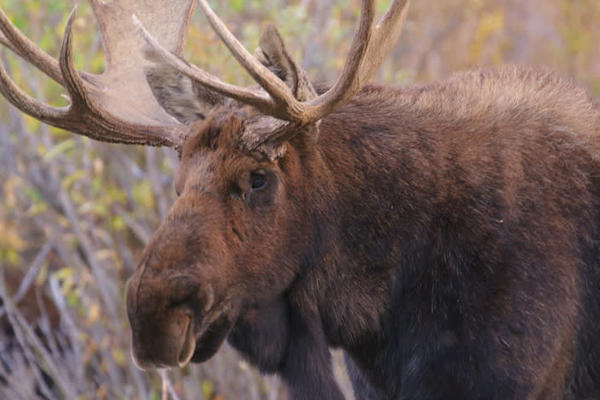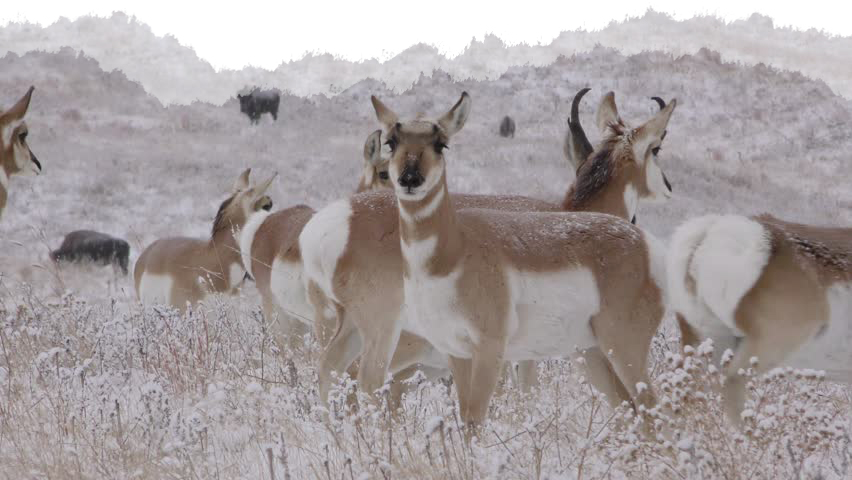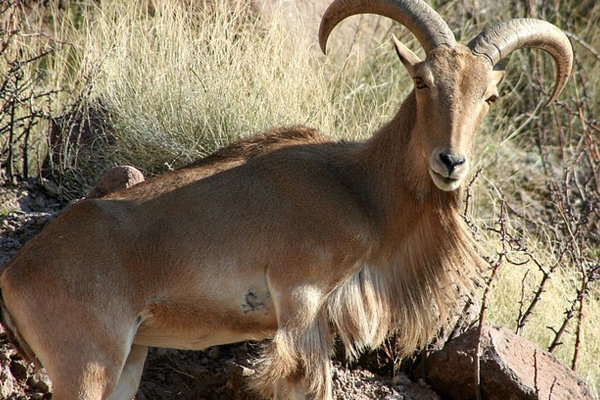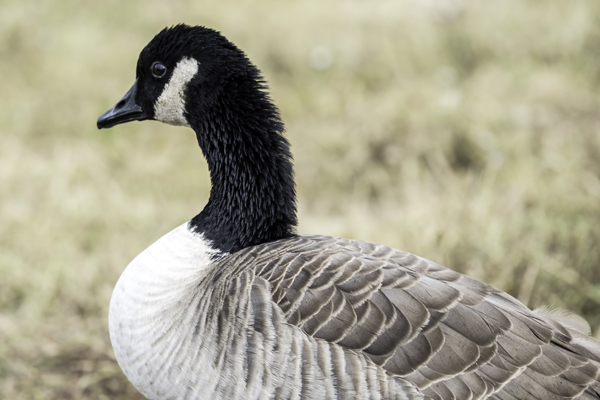
Shiras Moose

What is the smallest subspecies of moose?
Shiras Moose, commonly called the Yellowstone or Wyoming moose, are recognized as being the smallest subspecies of moose. The Shiras moose weighs an average of 1,000 pounds and measures up to 6 feet tall from the shoulder. Solely the bulls maintain identifiable racks that span 40 to 50 inches wide, rooted together with branches that grow backwards. The Yellowstone moose is the lightest in color of the moose subspecies. The color of the fur on their face becomes lighter with the summer season, though the body tends to remain a coppery tone.
The Wyoming moose has an excess of skin and hair on the throat, a prominent hump over the shoulders, and relatively long legs. These moose are nimble with the ability to steadily maintain a speed of 35 mph and gracefully swim within deep waters. Though they are the smallest of the moose subspecies, the Wyoming moose is at times the largest of “big game” animals when hunted for sport. This is true in states such as Colorado, where the moose were once transplanted in order to define and broaden their population.

Where can the Shiras Moose be found?
In addition to Wyoming and Colorado, the Shiras moose has a presence within the Canadian Provinces of Alberta and British Columbia. There are also located throughout the United States. The states they reside in are Idaho, Utah, and Washington. The Shiras moose are among the forest dwellers who find food amid the woodier substances that surround them.
They tend to eat aspen, birch, willow, as well as leaves, and twigs. And also, the Shiras moose will spend time within the shallow waters of rivers and lakes, harvesting aquatic-based sustenance, skimming the bottoms of the pools. In total, the Shiras moose consumes 50 pounds/per day as a means of sustaining themselves.

What is the disposition of the Shiras Moose?
Many moose in general have a reputation for being aggressive and the Yellowstone moose is no exception, though their behavior intensifies during mating season. Run-of-the-mill alcaldes consists of moose ramming into cars and actually posing a threat to people who come too close, charging at them. Moose are the cause of more human deaths than bears. Moreover, habits that transpire when the rutting season begins is their tendency to grind their antlers against the trunks of trees and they will dual against other moose to breed with a particular cow.

When does mating season begin for the Shiras Moose?
Mating season for the Shiras moose begins in September and ends in October. The cows will experience a gestation period that lasts 230 days or 7 ½ months, with the calves being born in May. One to two calves are born at a time. The calves will weigh about 30 pounds at birth and resemble a more reddish color. The calf will stay with the mother, learning how to care for itself and survive amongst the environment until the calf is about 1 ½ year old. When the mother has her next calf that is when young moose leave their mothers protection.
The calves have an increased mortality rate due to the predators of the Shiras moose, which are founded upon the bears, wolves, and mountain lions. Nonetheless, with their keen ability to adapt, the Shiras moose is brilliant sight to be seen and holds individual traits that establish a gleaming reputation.
















